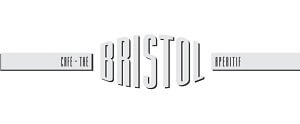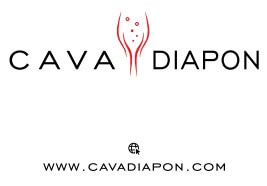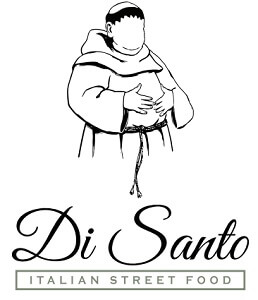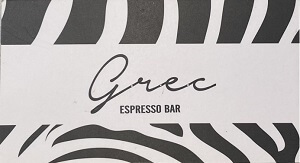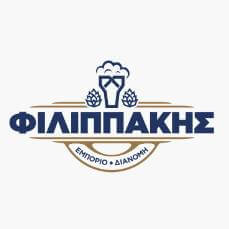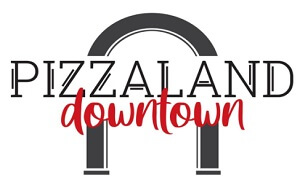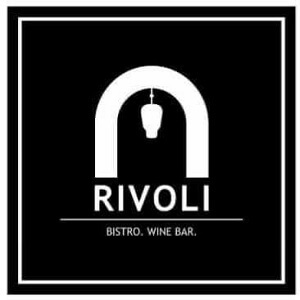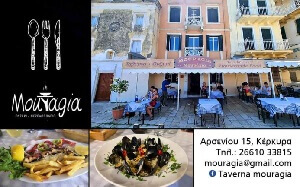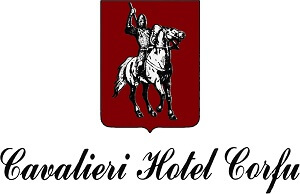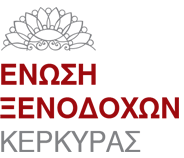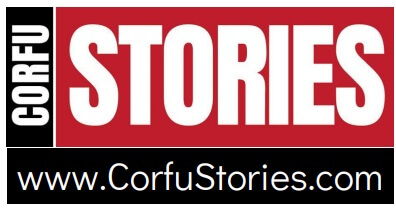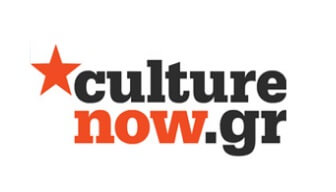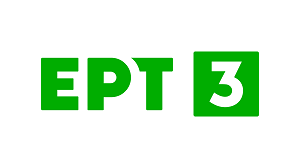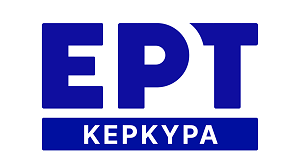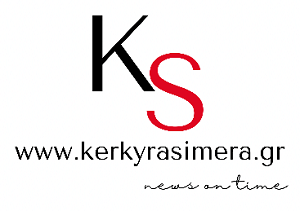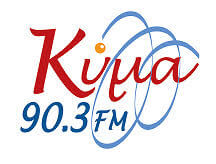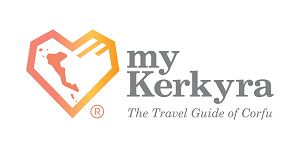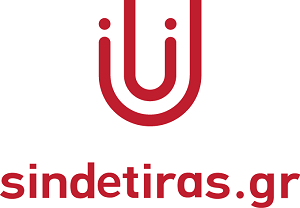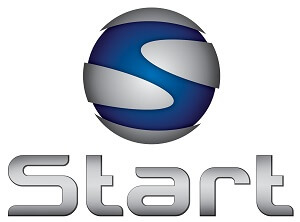The following presentation is a theoretical approach to creative writing through the writing of short stories, which will lead to the creation of a material footprint, a book that will be part of the phd artistic research "the recipients of death in the art of the digital age: an interactive script and the creation of digital stories. "
The theoretical framework on which this exercise will be based is walking art, anthropocentrism in art, photography as a tool of awakening or backwardness and creative writing.
The questions that this research revolves around are:
To what extent can walking art, being an intangible art form, be transformed into something else based on objects or snapshots that emerge during a walk?
Do the photographs of death awaken us, make us sad or make us even more apathetic and omnipotent in the face of something inanimate? Can such an image take us out of inactivity?
Stories begin through writing but what happens when the story emerges through a photograph? As Roland Barthes wrote: "The word fascinates me with the idea that I am going to do something with it: it is the shiver of a future act, something like an appetite. This desire shakes the whole immovable table of language." In particular, with the art of photography… The photos have captured forever (if forever exists) in a moment that is lost and by no way will be found again. What photography reproduces infinitely only really happened once. Bart calls the energy-a mixture of pleasure and effort-that develops the subject to regain a detail of remembrance without enlarging it or making it vibrate. Think about how much more stress a photo that captures death can cause. Reproduces again and again at the last moment of someone. "Since 1839, when cameras were discovered, photography has been associated with death," says Susan Sontag, who explains that the image produced by the camera is essentially a trace of what is in front of the lens, hence the photographs are superior as a souvenir. of a lost past or a beloved deceased and are superior to any painting. "Endless representation (television, videography, cinema) is our environment; but when it comes to memory, the deepest marks are left by photography. "The memory" frames "and immobilizes; its basic unit is the individual image", she notes. "Photography is like the quotation mark, like the aphorism or the proverb." The narration is probably more effective than the picture. The reason has to do in part with the duration of the time in which one has to look, to feel "he points out and concludes:" The heartbreaking photos do not inevitably lose their power to shock. But they do not offer much help when it comes to understanding. Narratives make us and we understand. "Photos do something else: they haunt us."
In the method of creative writing, the goal is to achieve Jung's philosophy, which emphasizes the importance of a choreography between the conscious and the unconscious with the ultimate goal of complementing each other. In the case we are examining, the researcher participates, who through walks photographs dead animals that she finds. Apart from the sadness that the spectacle causes, it raises many questions. How they lived, how and why they died. When art comes out of a closed space and returns to nature, it spreads in a primordial and untouched environment. It is the art of life and along with the art of life there is also the art of death.
Returning to an enclosed space with photos of animals will be the starting point for this creative writing exercise: to write their stories and give them a post humous fame.
Stories of an ode to life on the day of their death.
Back
SPONSORS
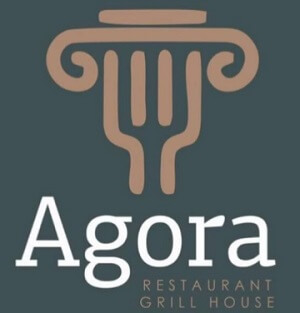 Agora Restaurant Grill House
Agora Restaurant Grill House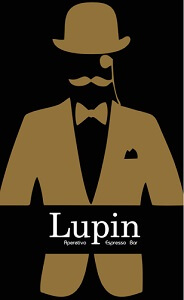 Lupin Aperitivo Espresso Bar
Lupin Aperitivo Espresso Bar

